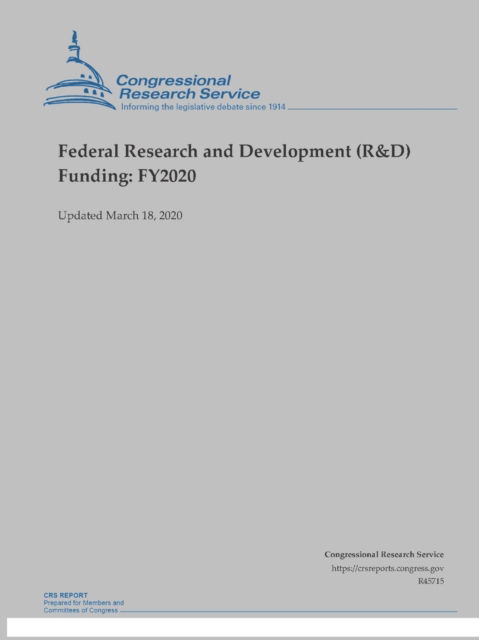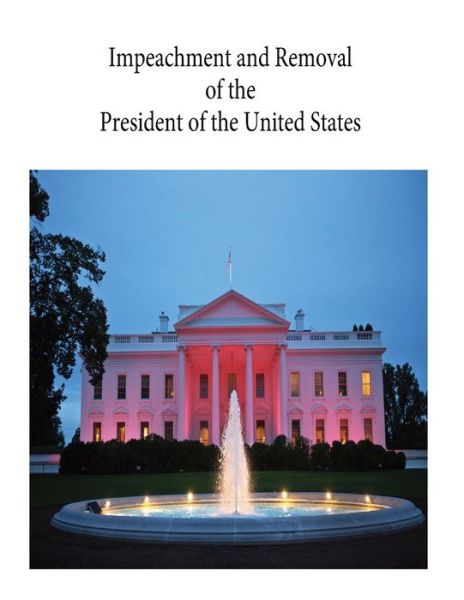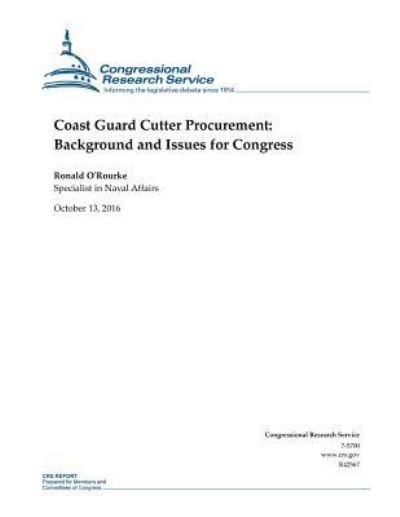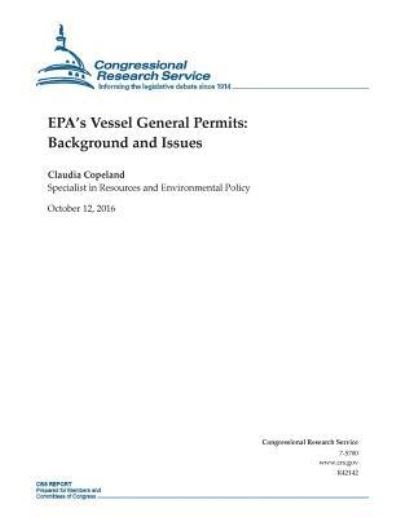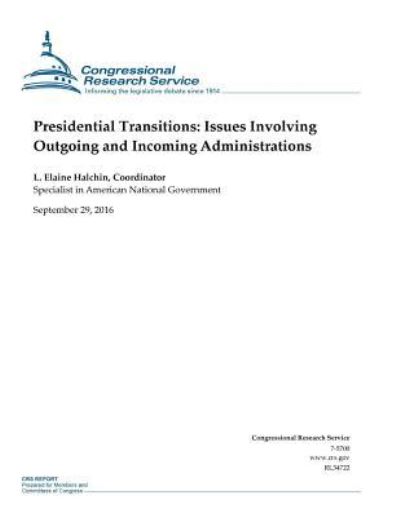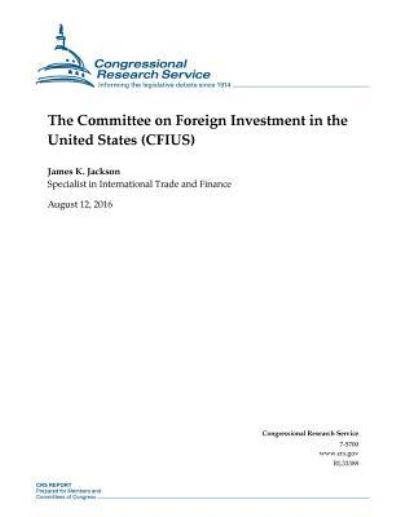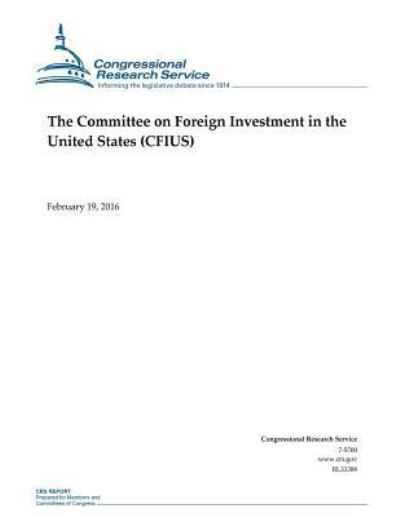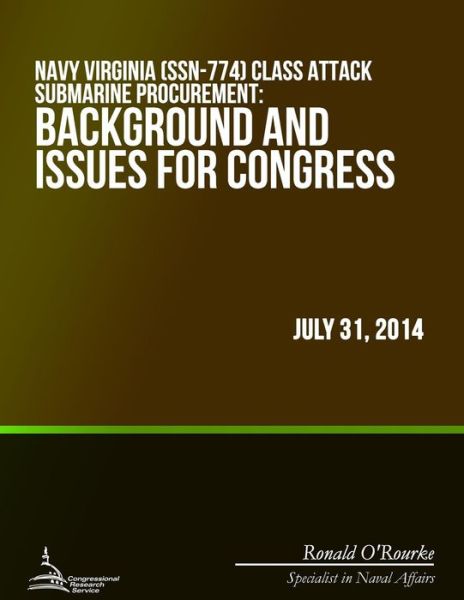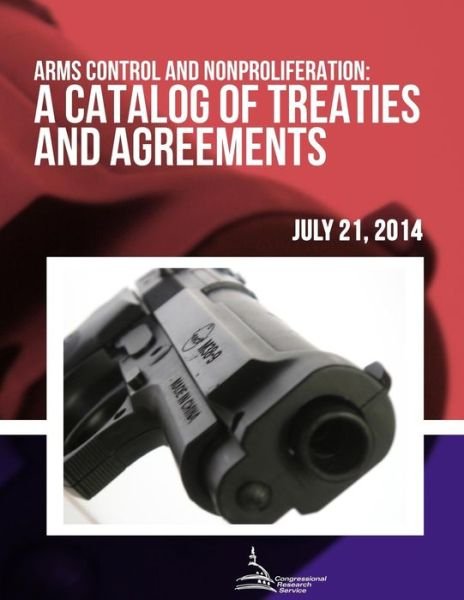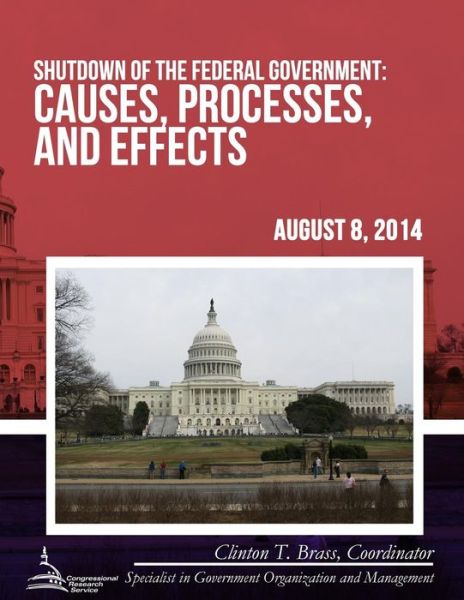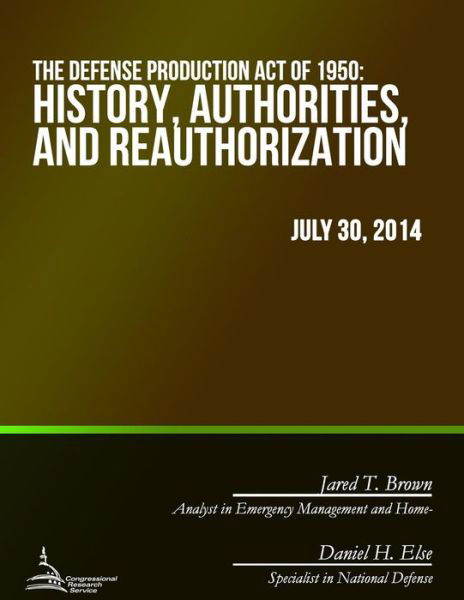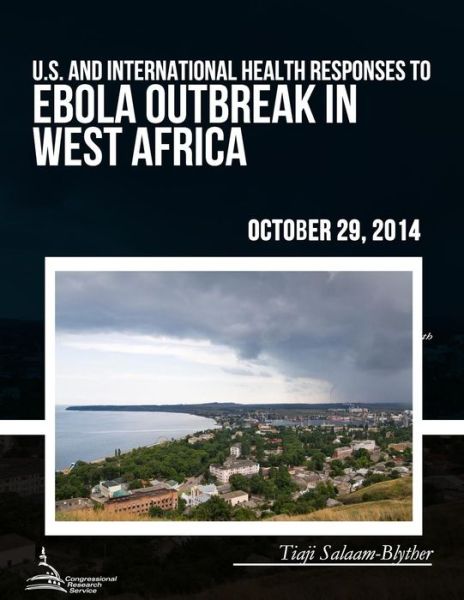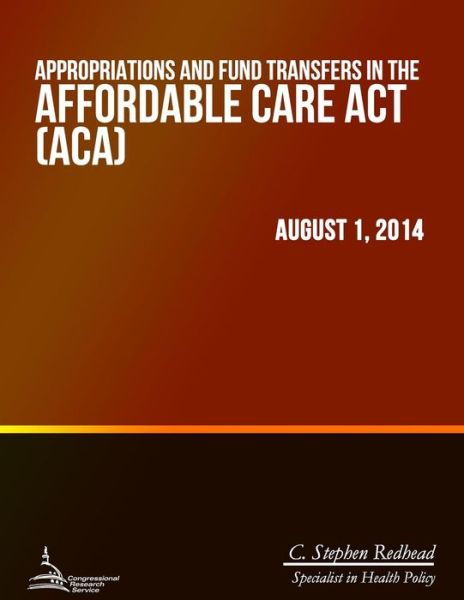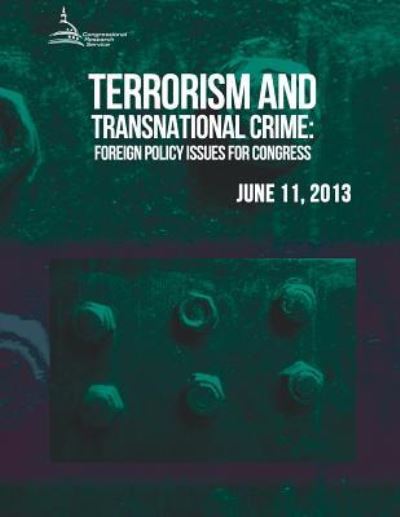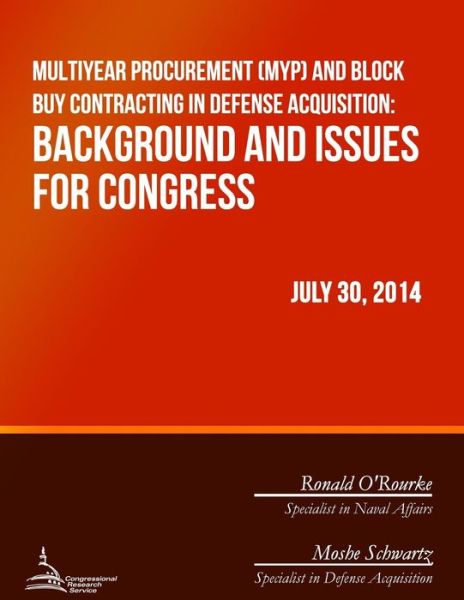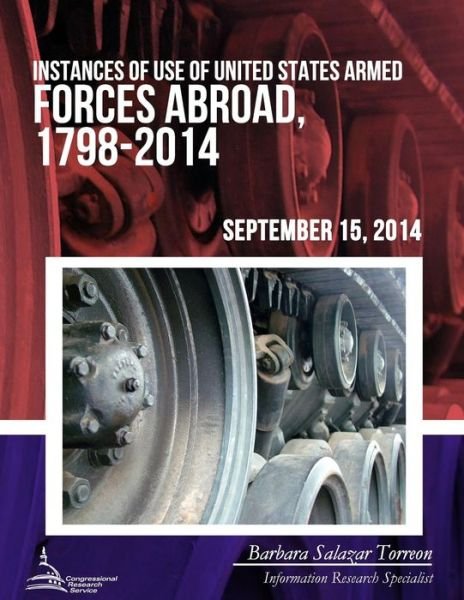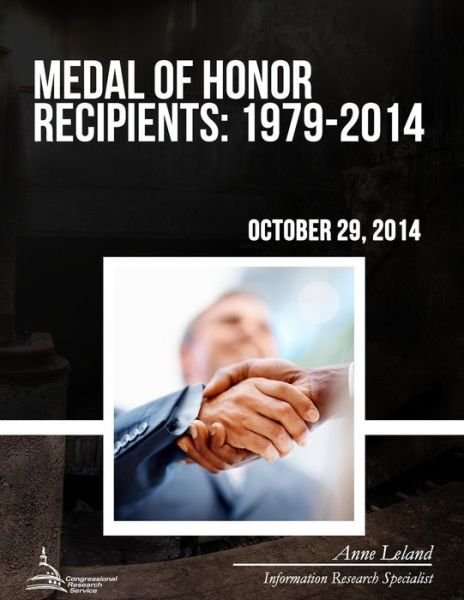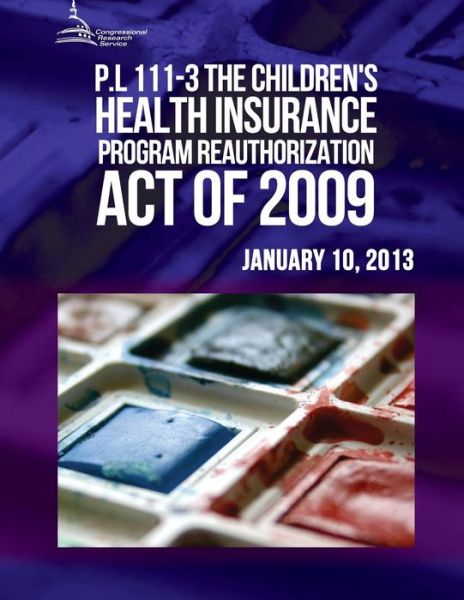
Powiedz znajomym o tym przedmiocie:
Lng as a Maritime Fuel
Congressional Research Service
Lng as a Maritime Fuel
Congressional Research Service
The combination of growing liquefied natural gas (LNG) supplies and new requirements for less polluting fuels in the maritime shipping industry has heightened interest in LNG as a maritime fuel. The use of LNG as an engine ("bunker") fuel in shipping is also drawing attention from federal agencies and is beginning to emerge as an issue of interest in Congress. In 2008, the International Maritime Organization (IMO) announced a timeline to reduce the maximum sulfur content in vessel fuels to 0.5% by January 1, 2020. Annex VI of the International Convention for the Prevention of Pollution from Ships requires vessels to either use fuels containing less than 0.5% sulfur or install exhaust-cleaning systems ("scrubbers") to limit a vessel's airborne emissions of sulfur oxides to an equivalent level. An option for vessel operators to meet the IMO 2020 standards is to install LNG-fueled engines, which emit only trace amounts of sulfur. Adopting LNG engines requires more investment than installing scrubbers, but LNG-fueled engines may offset their capital costs with operating cost advantages over conventional fuels. Savings would depend on the price spread between LNG and fuel oil. Recent trends suggest that LNG may be cheaper in the long run than conventional fuels. LNG bunkering requires specialized infrastructure for supply, storage, and delivery to vessels. To date, the number of ports worldwide that have developed such infrastructure is limited, although growth in this area has accelerated. Early adoption of LNG bunkering is occurring in Europe where the European Union requires a core network of ports to provide LNG bunkering by 2030. LNG bunkering in the United States currently takes place in Jacksonville, FL, and Port Fourchon, LA-with a third facility under development in Tacoma, WA. Bunkering of LNG-fueled cruise ships using barges also is planned for Port Canaveral, FL. The relative locations of other U. S. ports and operating LNG terminals suggest that LNG bunkering could be within reach of every port along the Eastern Seaboard and in the Gulf of Mexico. On the West Coast, the ports of Los Angeles and Long Beach, CA, are near the Costa Azul LNG terminal in Ensenada, MX. Seattle and Tacoma are adjacent to the proposed Tacoma LNG project. Since 2015, Jones Act coastal ship operators have taken steps to transition their fleets to use cleaner burning fuels, including LNG. Shippers of dry goods to Alaska, Hawaii, and Puerto Rico have taken delivery or have ordered LNG-fueled and LNG-capable vessels from U. S. shipyards in Philadelphia, PA, and Brownsville, TX. Another company operates five LNG-powered offshore supply vessels built in Gulfport, MS. Depending upon LNG conversions, the global LNG bunker fuel market could grow to several billion dollars by 2030. If U. S. LNG producers were to supply a significant share of this market-on the strength of comparatively low LNG production costs-LNG bunkering could increase demand for U. S. natural gas production, transportation, and liquefaction. Opportunities in LNG-related shipbuilding might be more limited, as most shipbuilding occurs overseas, although domestically-constructed LNG bunkering barges could be one area of economic growth. Finally, engineering and construction firms could benefit from new opportunities to develop port infrastructure for LNG storage and transfer. However, while vessel conversion to LNG fuel may increase demand for U. S.-produced natural gas, it partially could be offset by reduced demand for U. S.-produced crude oil or refined products. Furthermore, while LNG can reduce direct emissions from vessels, fugitive emissions and environmental impacts from natural gas production and transportation could reduce overall emissions benefits. While the LNG industry has experienced few accidents, the Coast Guard has been developing new standards to address unique safety and security risks associated with LNG in vessel operations.
| Media | Książki Paperback Book (Książka z miękką okładką i klejonym grzbietem) |
| Wydane | 12 lutego 2019 |
| ISBN13 | 9781796700725 |
| Wydawcy | Independently Published |
| Strony | 32 |
| Wymiary | 216 × 279 × 2 mm · 99 g |
| Język | English |
Więcej od Congressional Research Service
Zobacz wszystko od Congressional Research Service ( np. Paperback Book i Book )

 Świąteczne prezenty można zwracać do 31 stycznia
Świąteczne prezenty można zwracać do 31 stycznia



